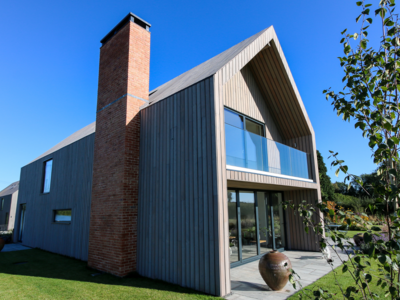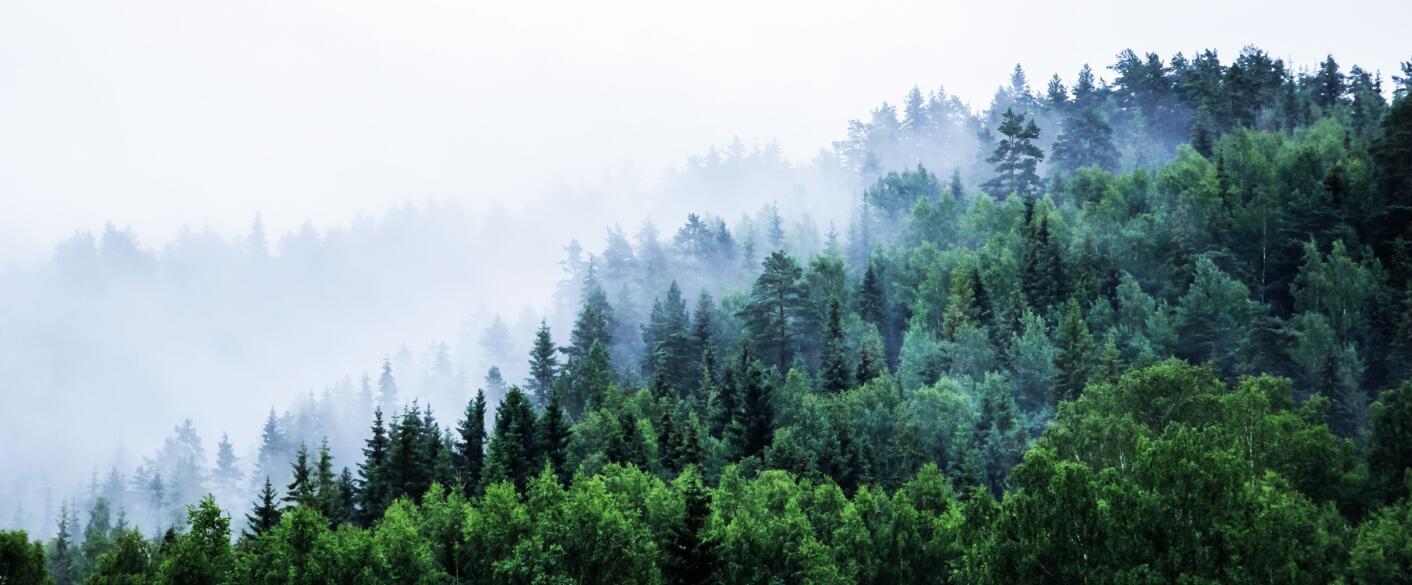Looking for trendy wood cladding for your façade? Go for open-joint cladding. Very popular with architects, open-joint cladding gives a unique and original look to building facades. Open-joint cladding is increasingly popular for both renovation and new-build projects. In this guide, you'll find everything you need to know about clerestory cladding: horizontal clerestory cladding, vertical clerestory cladding, technical specifications, preferred species, false open-joint cladding. Follow our wood experts!
Vertical or horizontal open-joint cladding: which installation technique should you choose?
Open-joint cladding can be installed in two ways: vertically or horizontally, depending on the profiles used by wood cladding manufacturers.
Sivalbp offers two types of open-joint wood cladding. Depending on the style you want to give your facade, we offer :
- Parallélo 30 profile: this open-joint cladding can be installed horizontally or vertically. This open-joint profile is available in our New Age & Authentic wood cladding ranges.
- Trapézo Profile: this open-joint cladding allows the boards to be installed vertically only. This open-joint profile is available in our Elegance, New Age and Vintage wood cladding ranges.










